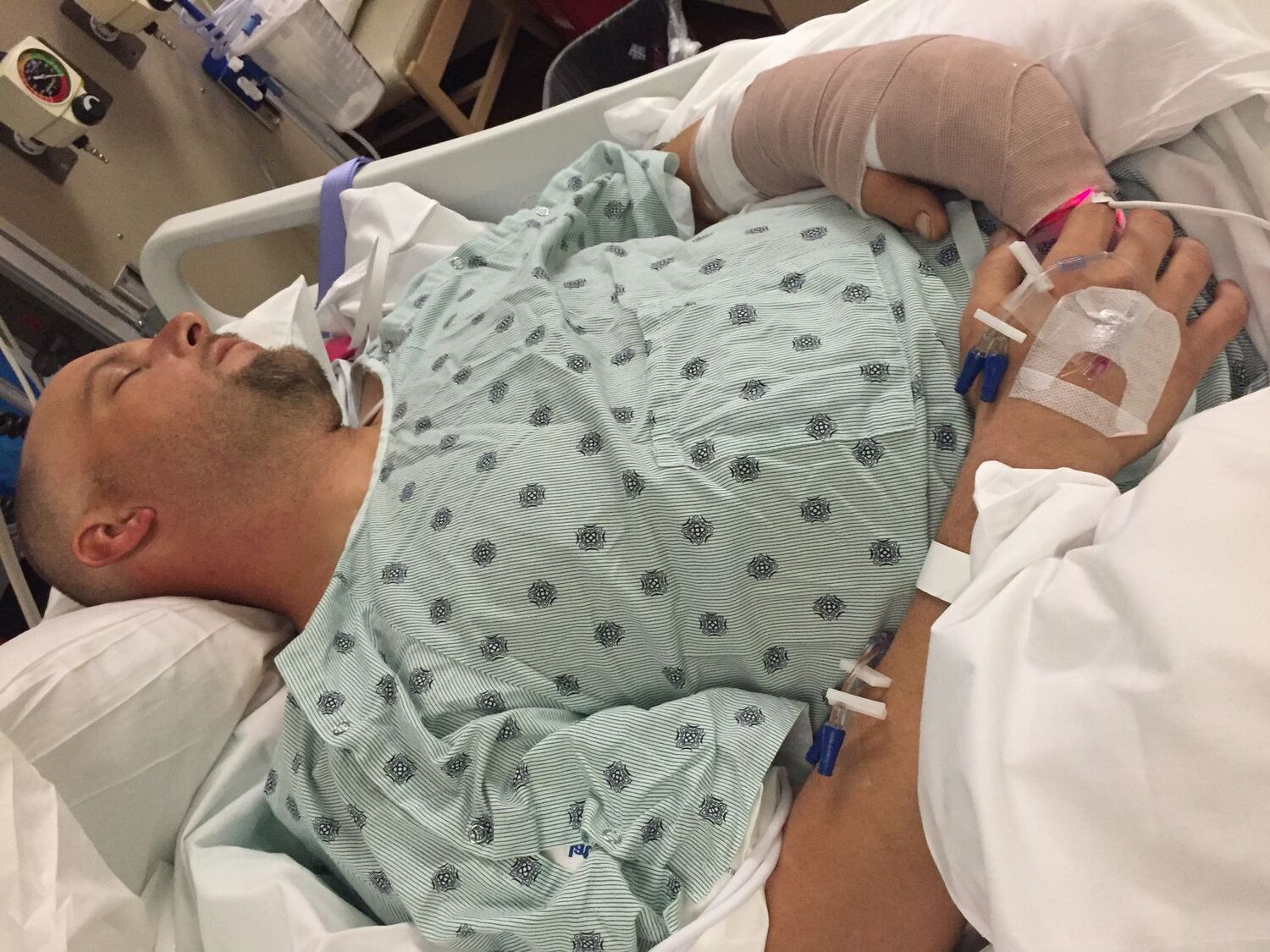
Malignant Hyperthermia is a rare but life-threatening condition triggered by certain anesthetic agents. Imagine going in for a routine surgery and suddenly your body temperature skyrockets, muscles become rigid, and heart rate soars. This is not just a fever; it's a medical emergency. Malignant Hyperthermia can happen to anyone, but some people are more at risk due to genetic factors. Knowing the signs and having a plan can save lives. This blog post dives into 50 crucial facts about this condition, from symptoms and triggers to treatments and preventive measures. Stay informed and be prepared!
Key Takeaways:
- Malignant Hyperthermia is a life-threatening reaction to certain drugs during surgery. It has genetic links and can be diagnosed through symptoms and genetic testing. Immediate treatment and awareness are crucial.
- Early recognition of symptoms, genetic testing, and education are key in managing Malignant Hyperthermia. Treatment involves dantrolene, cooling measures, and continuous monitoring. Collaboration between healthcare professionals is essential for better outcomes.
What is Malignant Hyperthermia?
Malignant Hyperthermia (MH) is a severe reaction to certain drugs used during surgery. This condition can be life-threatening if not treated promptly. Here are some crucial facts about MH to help you understand it better.
- MH is a genetic disorder.
- It is triggered by specific anesthetic agents.
- Symptoms include a rapid rise in body temperature.
- Muscle rigidity is another common symptom.
- MH can lead to a dangerous increase in heart rate.
- The condition can cause severe muscle breakdown.
- It is often inherited in an autosomal dominant pattern.
- The gene most commonly associated with MH is RYR1.
- Another gene linked to MH is CACNA1S.
- Not everyone with the genetic mutation will experience MH.
Symptoms and Diagnosis of Malignant Hyperthermia
Recognizing the symptoms and diagnosing MH early can save lives. Here are some key points about its symptoms and diagnosis.
- Symptoms can appear within minutes of exposure to triggering agents.
- Early signs include increased carbon dioxide production.
- Unexplained tachycardia is a warning sign.
- Patients may experience acidosis.
- Hyperkalemia, or high potassium levels, can occur.
- Dark urine may indicate muscle breakdown.
- Blood tests can show elevated creatine kinase levels.
- The caffeine-halothane contracture test helps diagnose MH.
- Genetic testing can confirm susceptibility.
- Family history is crucial in diagnosing MH.
Treatment and Management of Malignant Hyperthermia
Effective treatment and management are vital for those affected by MH. Here are some important facts about how MH is treated and managed.
- Dantrolene is the primary treatment for MH.
- It works by relaxing skeletal muscles.
- Immediate cooling measures are necessary.
- Intravenous fluids help manage acidosis and hyperkalemia.
- Continuous monitoring of vital signs is essential.
- Patients should be transferred to an intensive care unit.
- Post-crisis monitoring is crucial for at least 24 hours.
- Avoiding known triggers is key to prevention.
- Medical alert bracelets can inform healthcare providers.
- Preoperative screening is recommended for at-risk individuals.
Genetic Aspects of Malignant Hyperthermia
Understanding the genetic aspects of MH can help in early detection and prevention. Here are some facts about the genetic side of MH.
- MH susceptibility is inherited in an autosomal dominant manner.
- Each child of an affected parent has a 50% chance of inheriting the mutation.
- Genetic counseling is recommended for affected families.
- Over 300 mutations in the RYR1 gene are linked to MH.
- The CACNA1S gene mutations are less common but still significant.
- Genetic testing can identify carriers even if they have no symptoms.
- New mutations can occur spontaneously.
- Not all mutations in RYR1 and CACNA1S cause MH.
- Research is ongoing to identify other potential genes involved.
- Genetic databases help track known mutations.
Awareness and Education about Malignant Hyperthermia
Raising awareness and educating both the public and healthcare professionals can improve outcomes for those with MH. Here are some key points about awareness and education.
- The Malignant Hyperthermia Association of the United States (MHAUS) provides resources.
- MHAUS offers a 24-hour hotline for emergencies.
- Educational programs for healthcare providers are available.
- Simulation training can help prepare surgical teams.
- Public awareness campaigns can inform at-risk individuals.
- Schools and workplaces can benefit from MH education.
- Online resources provide up-to-date information.
- Support groups offer emotional support to affected families.
- Research funding is crucial for advancing MH knowledge.
- Collaboration between geneticists, anesthesiologists, and researchers is essential.
Key Takeaways on Malignant Hyperthermia
Malignant Hyperthermia (MH) is a serious condition triggered by certain anesthetics. Knowing the symptoms—like rapid heart rate, high fever, and muscle rigidity—can save lives. Genetic testing helps identify those at risk, making it crucial for families with a history of MH. Dantrolene remains the go-to treatment, and having it readily available in operating rooms is vital. Preventive measures include informing your medical team about any family history of MH and opting for safe anesthetic alternatives. Education and awareness are key in managing and preventing MH episodes. By staying informed and prepared, you can significantly reduce the risks associated with this life-threatening condition. Always consult healthcare professionals for personalized advice and treatment options.
Frequently Asked Questions
Was this page helpful?
Our commitment to delivering trustworthy and engaging content is at the heart of what we do. Each fact on our site is contributed by real users like you, bringing a wealth of diverse insights and information. To ensure the highest standards of accuracy and reliability, our dedicated editors meticulously review each submission. This process guarantees that the facts we share are not only fascinating but also credible. Trust in our commitment to quality and authenticity as you explore and learn with us.
